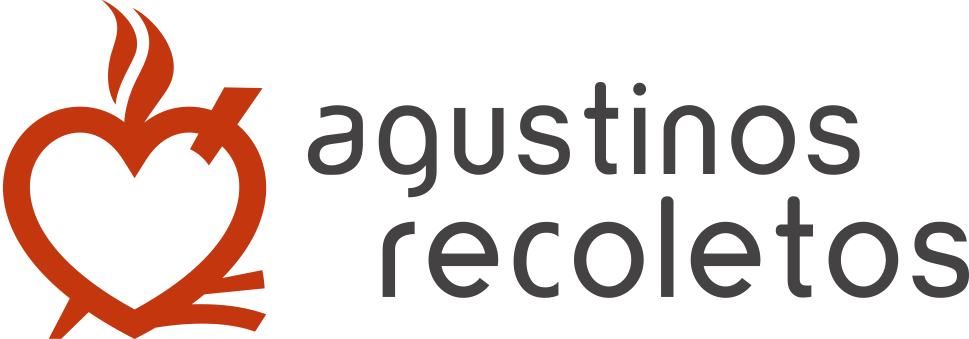ETEEAP was signed into law by virtue of Executive Order 330 signed by then President Fidel V. Ramos on May 1996. As provided for in E. O. 330, the rationale and bases of ETEEAP are as follows:
- Section 1, Article XIV of the 1987 Constitution provides that the State shall protect and promote the right of all citizens to quality education at all levels and shall take appropriate steps to make such education accessible to all;
- Section 2, Article XIV of the 1987 Constitution provides that the State shall establish, maintain, and support a complete, adequate and integrated system of education relevant to the needs of the people and society and, that the State shall encourage non-formal, informal and indigenous learning systems, as well as self-learning, independent, and out-of-school study programs particularly those that respond to community needs;
- The merging medium-term and long-term Philippine Development Plans have both envisioned the expansion and strengthening of the system of academic equivalency and validation of the knowledge and expertise derived by individuals from relevant work experiences and high-level, non-formal training in order to harness their full potentials;
- There is a need to provide individuals with proven competence, access to opportunities that will prepare them for higher value jobs required for achieving global competitiveness, advancing strategic concerns of the State and promoting sustainable development; and
- It is recognized that education and the acquisition of higher expertise are processes that also take place in the world of work and beyond the confines of the classroom as exemplified by the Philippine Educational Placement Test (PEPT) of the Accreditation and Equivalency Program, the distance education programs of pioneering higher education institutions (HEls), and the Dual Training System institutionalized through Republic Act 7686.




